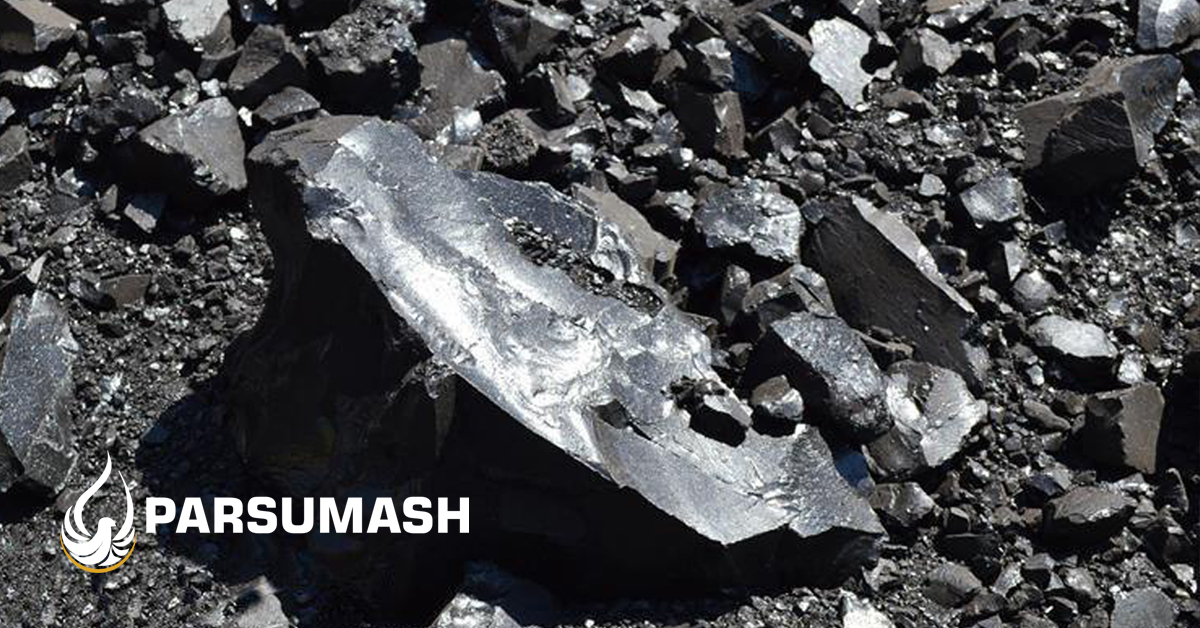
What Is Bitumen ?
Bitumen is a multifunctional construction material with a diverse range of characteristics. This article, provides a brief guide to bitumen properties, testing and specification
Rebecca Ann Haigh, asphalt manager with Total UK Ltd
Bitumen, or a very close cousin, has been used in construction for thousands of years and even turns up in the bible on Noah’s ark, with Moses in his youth, and in the building of the Tower of Babel. However, it was only in the middle of the 19th century that the use of natural bitumen was introduced to road building, progressing to the use of coal tar and then refined bitumen from crude oil.
Bitumen is a very versatile material owing to its unusual and interesting characteristics. It is a liquid with flow characteristics that change in relation to temperature; this makes it easy to handle at high temperatures but it becomes more solid when allowed to cool, thus performing structurally in situ. It is a poor conductor of electricity, which makes it a good insulator for electrical equipment. It is resistant to water penetration, which makes it excellent as a barrier to either hold water in or keep water out. It is also a great noise insulator, so is used in soundproofing. It can be blended and mixed with a range of other materials and additives in many ways to enhance these characteristics. These qualities mean bitumen has many uses other than asphalt, such as roofing felts, carpet backing, damp proofing, pipe wrappings, battery boxes, clay pigeons, gaskets, and so the list goes on.
The type of bitumen used depends on the application; so, bitumen is assessed for its suitability through a range of tests. These tests help to quantify the required characteristics to ensure it is the right material for the right job. In Europe, bitumen’s are specified through ‘softening point’ and ‘penetration’, to give a comparable and scientific point of identification.
The defining test for bitumen is the penetration test. This involves the cooling of a standard-size sample of bitumen at ambient temperature followed by conditioning in a temperature-controlled water bath at a defined temperature for a set amount of time. This is so that the sample is at the required temperature all the way through to its center. Bitumen is an insulator and a liquid whose rate of flow changes with temperature, so it is necessary to be strict with timings and temperatures to ensure the repeatability of the test. Using a penetrometer, a needle is applied to the bitumen for a set amount of time. The depth of penetration of the needle in tenths of a mm (dmm) defines the hardness or ‘penetration’ of the bitumen. The penetration is carried out three times on the same sample to obtain an average. The grades given to the materials indicate the penetration range of the material. For example, 100/150 means the penetration of the material lies somewhere between 100dmm and 150dmm.
The softening point test involves two small rings filled with bitumen whichare placed in a cradle and then immersed in beaker of liquid. A standard metal ball is placed on top of each bitumen sample and the surrounding liquid is heated at a constant rate. The softening point that is reported is the temperature of the liquid when the bitumen can no longer support the weight of the ball, and the ball passes through the ring, dropping to the base of the cradle. It should be noted that the softening point is not when the bitumen ‘melts’, rather it is when it can no longer resist the force of the weighted ball. According to the European Norm, the softening point must also fall within a set range that is not in the name, but is in the EN standard for straight-run bitumen.
After the softening point and penetration tests, the most common bitumen test is viscosity. This test measures the resistance of the bitumen to a rotating spindle at different temperatures. This is important to know for predicting the behavior of the bitumen, for storing and pumping the bitumen, and for the mixing and compaction of the asphalt.
For a further, more complex understanding of the material there is a whole range of tests which deliver banks of data, explaining the behavior of the bitumen under specific conditions and forces. There are the Frass and Bending Beam Rheometer (BBR) cold-performance tests, which show the behavior of the material at lower temperatures. There is rheological testing such as the Dynamic Shear Rheometer (DSR), which measures the visco-elastic properties of the bitumen at a range of temperatures and frequencies – bitumen behaves more like a liquid the heavier and slower the load applied and the higher the temperature, so the DSR measures the reaction of the material to a shear force at a range of frequencies and temperatures. There is the Multiple Stress Creep Recovery (MSCR) test, which measures the initial deformation and then recovery of the material after a stress is applied, then removed, multiple times; this represents the deformation resistance of the material. These are just a few examples without delving too deep into the subject.
Bitumen can be modified in several ways to suit its application and performance. Polymers can be added to create polymer-modified bitumen (PMB). The performance achieved as a result of this modification obviously depends on
the polymer and quantity used, as not all PMBs are the same. These materials often boast improved flexibility, increased durability and increased resistance to deformation. They increase the characteristics of the material to withstand both the extreme high and low temperatures that roads may be exposed to. Additives can be added to improve cohesion to problematic aggregate. Waxes can be added to lower the viscosity when liquid, allowing reduced mixing and compaction temperatures but increasing final performance stiffness and fuel resistance.
Crumb rubber is a recycled material which is claimed to add elasticity, whilst acids are added to increase asphalt stiffness without affecting its low-temperature properties of crack resistance.
Additives can be added to create a warm mix that allows the asphalt to be mixed and compacted at reduced temperatures, therefore saving energy and reducing the ageing of the bitumen during mixing and application.
As well as hot and warm mix, bitumen can be used in a cold application, known as an emulsion, produced by milling the bitumen into tiny droplets and suspending them in a solution. This can be used in road-surface treatments such as surface dressing and slurry seals. A chemical reaction causes the material to ‘break’ releasing the solution and leaving behind the desired bitumen.
Bitumen can also be oxidized, giving it a lower penetration and higher softening point. This is done by elevating the bitumen to very high temperatures and blowing air through it. These bitumens are used mainly in the industrial sector.
It is clear, therefore, that bitumen is a multifunctional construction material with a diverse range of characteristics that make it interesting and innovative to work with. Ultimately, the crude oil it comes from is a finite resource, so industry has a responsibility to make the most of the materials it takes out of the ground. The focus must be on durability; designing products last as long as possible so they do not go to waste on failing surfaces which need regular replacing. There is a need to invest in these added-value materials, taking advantage of their qualities and characteristics to over- ngineer roads so they can withstand what the future has in store for them. The population, traffic and vehicles are all increasing in size and today’s weather is extremely variable, which means roads must be able to withstand a wide range of challenges. If we want our roads to resist possible damage, we must lay high-quality materials to a good standard in order to give them a chance.
Visit our website for best bitumen trade and online price:




